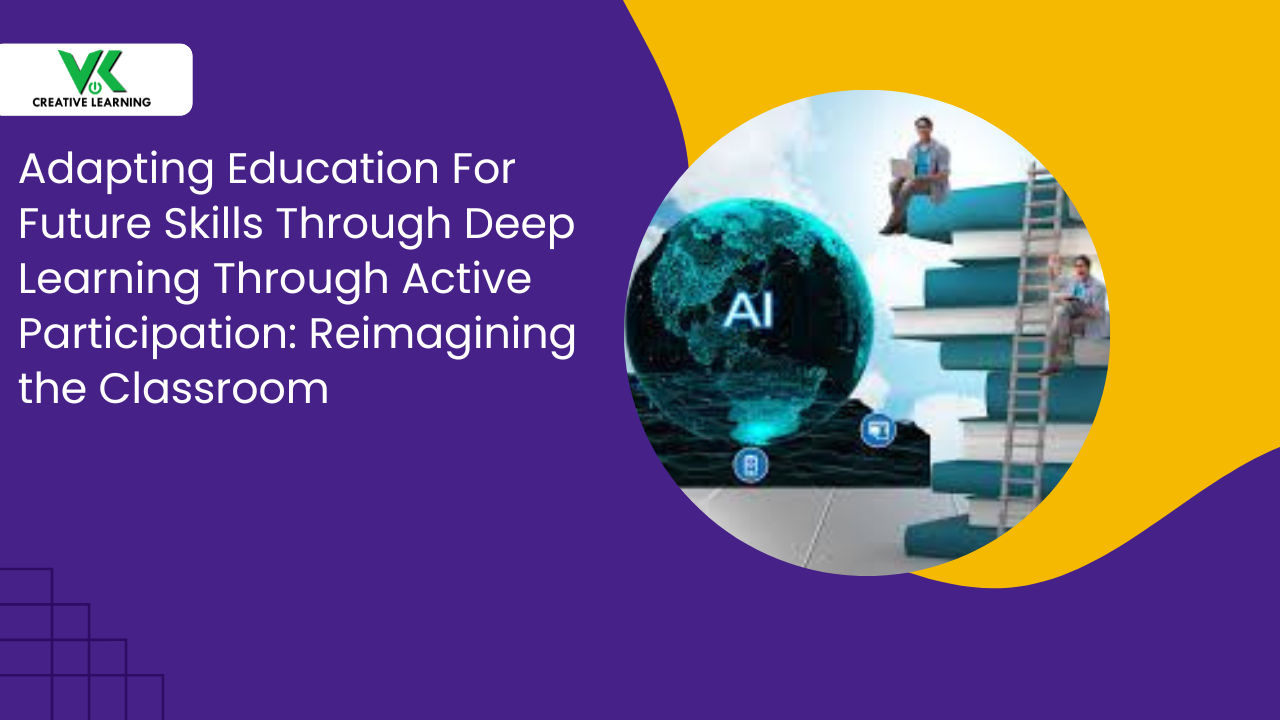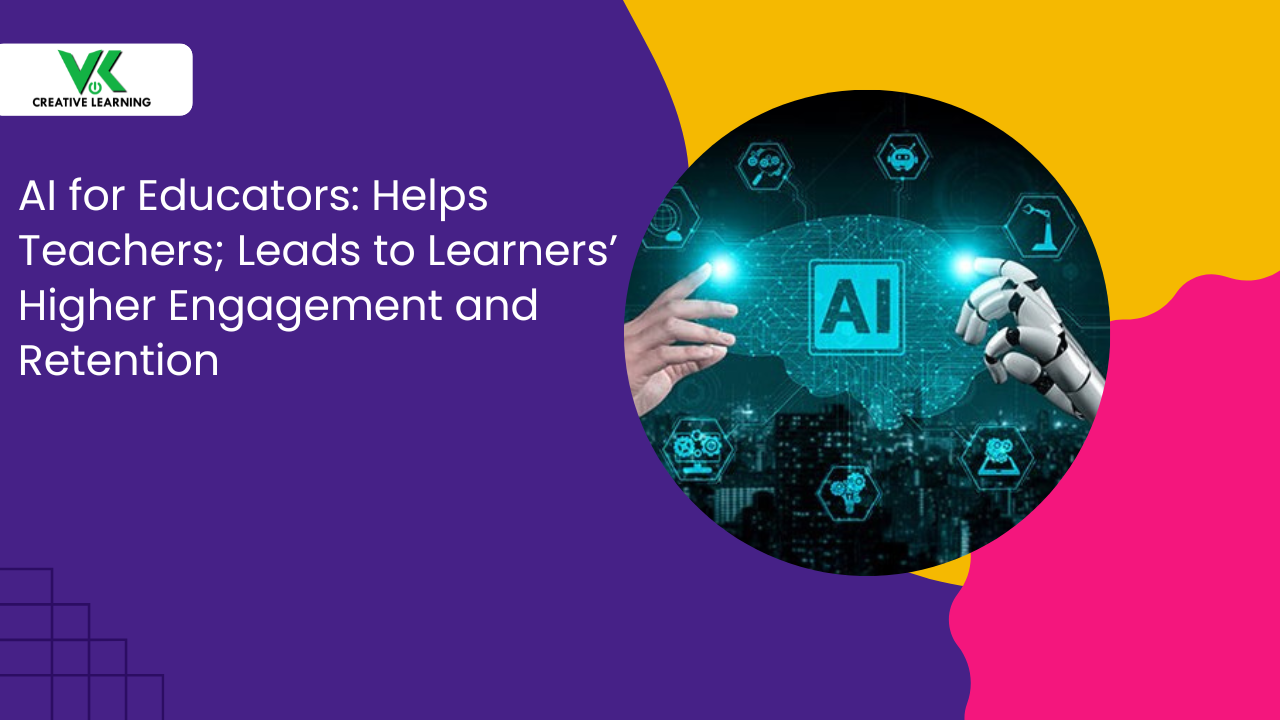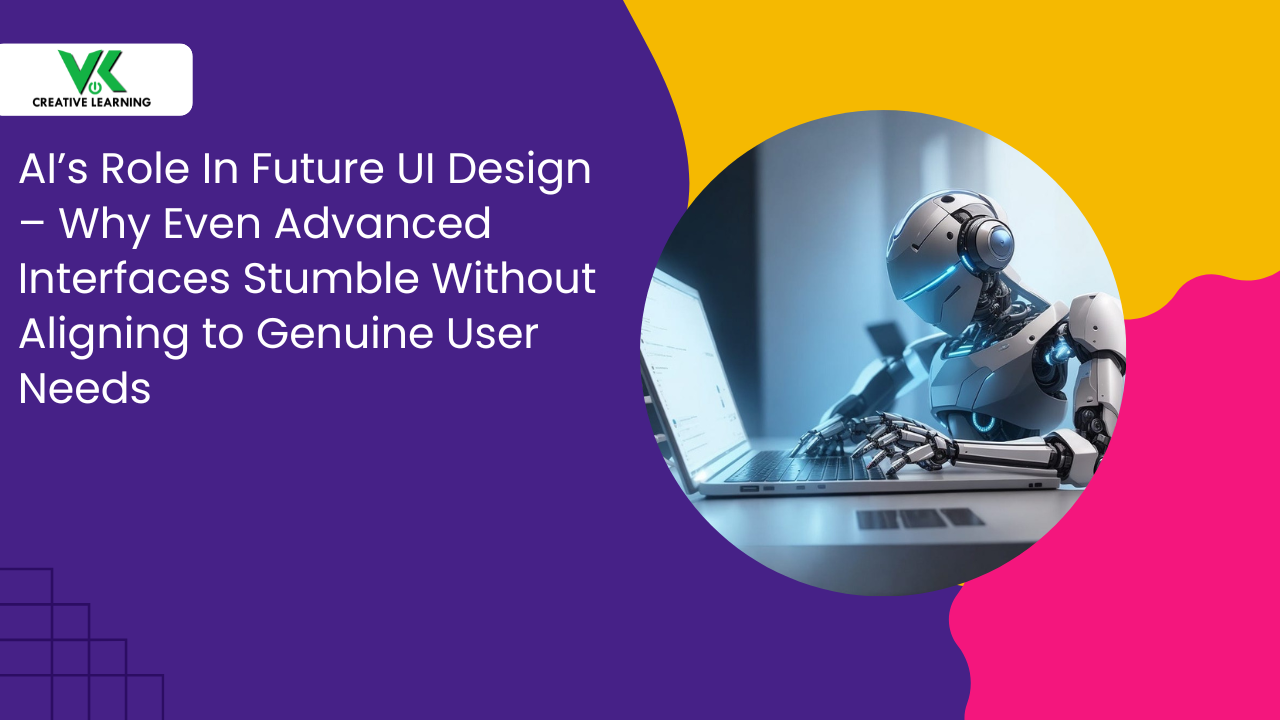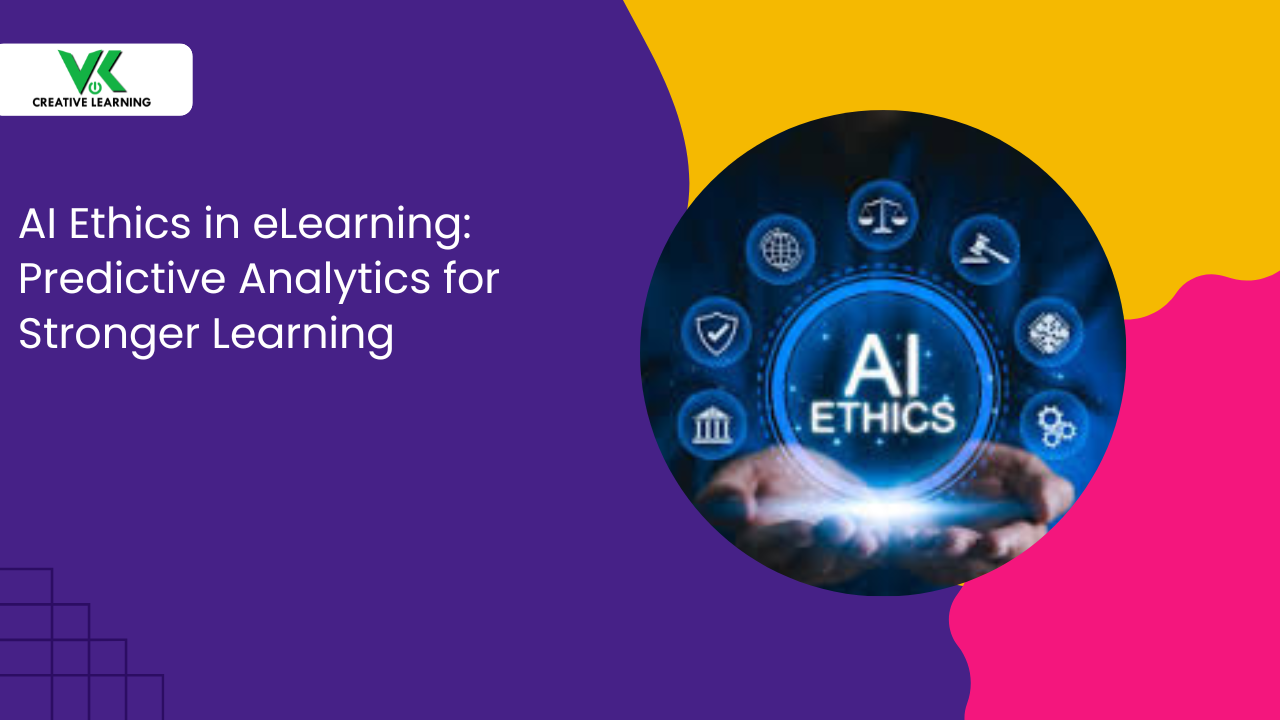Mobile Learning Platforms: Faster, Smarter Learning for Busy Professionals
April 23, 2025
Static online modules (pre-recorded courses, rigid e-learning, automated tutorials) or reference books are used for training. But, sometimes, they fail to meet the ever-evolving demands of corporate or industrial employees. This happens when technological advancements (AI-powered automation, next-gen robotics) take place swiftly.
In fact, even certain statistical reports indicate that professionals with busy schedules face upskilling issues. It is not as if they don’t want to, but tight timelines and work pressure do not allow them. Hence, solely relying on old methods for teaching may not work. This is mainly because they may not accommodate on?the?go needs.
Besides, to asses workforce progress after training, the requirement of learning analytics tools, real-time feedback, and performance dashboards are required.
This kind of approach will integrate customized content with real-time performance assessment. Also, along with it, learning outcomes can be measured.
This is where mobile e-learning solutions (tablets in education, smartphones in workshops, and laptops in webinars) will prove highly useful. Mobile learning can significantly change the way training is performed for busy professionals.
Mobile learning can change the way training is performed for busy professionals (breaking into new skills, brushing up on expertise).
One of the chief reasons behind this being, accessibility to resources. Thus, the employees can log in and undergo training at any time of their choice – how wonderful is that!
Furthermore, mobile learning platforms mix the latest technologies (AI-driven dashboards, cloud-sync modules) to enhance content.
This includes adaptive content (self-adjusting quizzes, dynamic modules, performance-based paths), real?time feedback, and microlearning bursts (segmented lessons).
The mobile e-learning courseware also contains interactive 3D simulations, explainer videos, and scenario-based simulations.
This helps to provide a better learning experience -- with easier understanding, longer retention, and active engagement for the learners. Importantly, it aids in overcoming the limitations presented by fixed-time training sessions.
In other words, e-learning-based mobile learning for employees provides a more flexible mechanism for training.
Also, mobile learning for the workforce (industry-specific content, targeted learning tracks, and specialized modules) addresses distinct challenges.
This is a much-needed measure in the expansion of knowledge for employees (interactive simulations, real-time assessments, AI-driven guidance).
What distinguishes mobile learning platform is: regular upskilling related to compliance, regulatory updates (updated laws, certification renewals, procedural guidelines), and safety protocols.
Thus, all obstacles that impede timely upskilling can be addressed. Also, frequent knowledge updates can be possible whenever the employees have spare time. This also leads to continuous learning evolution through mobile apps in smartphones.
Above all, it enables professionals to soak in work-related insights (industry trends, strategic methodologies) during short breaks.
Table of Contents:
1. An In-depth Look at What Mobile eLearning Apps Are and Their Key Features
2. How Mobile Learning Is Utilized in Various Industries -- Applications
- Healthcare
- Retail
- Manufacturing
- Finance
- Service Industries
- Software
- Hospitality
- Logistics
- Energy
- Construction
- Government
An In-depth Look at What Mobile eLearning Apps Are and Their Key Features
Mobile e-learning apps, in simple words, are smartphone apps with responsive interfaces and adaptive learning features.
They are specially designed to deliver text content with other elements, such as animations and simulations based on real-time events. These digital platforms are also known for their learning analytics tools in addition to aspects such as real-time feedback and performance dashboards.
Since they contain interactive modules (3D explainer videos, 2D animations), they make self-paced learning easy. So, diverse types of learners or employee groups find them easy to work on.
Also, it entails application interfaces such as cloud-based courses (for remote training sessions) and mobile assessments.
The interface also has a user-friendly layout, so that streamlined navigation becomes possible. Importantly, with accessible course materials, various types of learning styles are supported.
It also presents feature-rich applications entailing on-demand learning with small-chunked modules -- microlearning segments.
The existence of useful functionalities such as video streaming, along with chapter-based quizzes, makes remembering concepts easy. Interactive simulations add charm as they improve the involvement of users while going through learning modules.
Additionally, the mobile learning platform includes gamified exercises (based on various topics) as well as peer collaboration tools. For administrators and instructors, the architecture is so designed to make handling of content management comfortable. The presence of features such as performance tracking further improves the scope of improvements of learners.
Mobile e-learning services pack in the provision of virtual mentors and discussion forums that support knowledge expansion. These innovative features also lead to the continuous development of learners.
The platform also infuses a personalized path to learning to suit learners’ pace and style. With progress evaluation in automation mode, improvements after lectures can be evaluated.
Furthermore, mobile learning solutions have responsive features (live streaming sessions, adaptive tests, and interactive surveys). These lead to feedback (quick response) and content delivery that is adaptive by nature.
Importantly, these aspects sync in with hectic schedules that professionals deal with. The inclusion of mobile learning tools, starting from web-based resources to vast libraries to conferences, aids the swift absorption of information.
They also serve as a huge support for on-the-go training sessions – as when one gets time. The immediate application of learned concepts and cross-platform integration such as interactive case studies aids to understand actual workplace scenarios.
There is also consistency when it comes to multiple mobile devices (different smartphones) and operating systems (Android, iOS, etc).
It also incorporates immersive mobile learning features for employees (augmented reality tutorials, blended learning examples, and simulation software). This ensures engrossing experiences along with interactive characteristics for targeted upskilling initiatives.
Other customizations, such as enterprise training modules, skill enhancement procedures, and competency assessments, are also included.
In mobile e-learning solutions, measures are taken to meet industry-specific standards and individual career goals. Thus, the integration of components related to engagement metrics and progress reports is involved.
The elements in mobile apps are designed to meet learning objectives (coding drills, language flashcards, financial quizzes) with a data-driven approach. This leads to skill development (analytical thinking, problem-solving agility, fast decision-making) and continuous improvement.
It also embeds insightful user interfaces (digital transformation ideas, remote work setups, and virtual team collaborations). These features help to make content navigation straightforward -- instant recall hints and contemplative checkpoints.
Further, these components enhance the overall learning experience (comprehensive knowledge absorption) for professionals. There is an addition of planned content delivery such as mobile-first design strategies, intuitive interfaces, and user-centric development.
These peculiar qualities of the platform aid to deliver concise, absorbing lessons in demanding work environments.
There is also the presence of personalized training tactics (data-driven insights, measurable outcomes, strategic adjustments). These inspire employees to turn genius in their skillset -- courtesy of customized, accessible modules.
How Mobile Learning Is Utilized in Various Industries – Applications
Healthcare: In healthcare, mobile learning incorporates learning analytics tools (heart rate trackers, diagnostic simulators, treatment timelines) and real-time feedback. Besides, performance dashboards to monitor people’s health status can be known.
These features assist in propelling emergency protocol training (defibrillator steps, trauma sequences, resuscitation drills) for employees when needed. Therefore, it becomes possible to maintain high compliance levels (audit checks, clinical accuracy, procedural discipline).
Retail: The mobile learning platform consists of cloud-based courses (inventory modules, customer tips, POS guidance) and mobile assessments for the retail workforce. These measures facilitate staff to absorb product information at a quick rate. This plays a vital role during peak sale periods (holiday rush, Black Friday chaos, clearance festivals).
Manufacturing: Mobile e-learning solutions can upgrade technicians on various operations related to innovative types of machinery and safety regulations.
Finance: Financial institutions can make use of mobile e-learning services with gamified exercises and peer collaboration platforms. The group discussion forums help the workforce to be aligned with regulatory changes. This way, they are also in sync with market innovations (robo-advisors, blockchain tech, fintech models) without interrupting workflow.
Education: Educational institutes can use virtual mentors and automated quizzes in mobile learning tools. Hence, specialized courses (space law, deep linguistics, smart agriculture) can be offered to remote learners. This ensures professional development on a continuous basis across distributed teams (skill upgrade regardless of location).
Service Industries: Mobile learning for service industry employees provides live streaming sessions (body language tips, apology hacks, empathy drills), adaptive tests, and interactive surveys.
They can also jump into modules with simulation to master customer interactions and service recovery techniques (complaint pacification, refund decorum, delight delivery). This leads to improved guest satisfaction (with in-depth understanding).
Software: Technology startups can plug into mobile learning platforms and make use of web-based resources and digital libraries.
They also include features that give updates on multiple software development practices (web tools and coding); including agile methodologies.
Hospitality: Mobile e-learning solutions entail interactive case studies to provide immersive hospitality panache. This is specially useful when it comes to cultural sensitivity (dress code norms, greeting styles, food customs) and service excellence.
Logistics: This sector can gain from mobile e-learning services with features such as augmented reality tutorials and blended learning examples. These aspects map out route optimization (weather threats, traffic bottlenecks) and safety training directly to remote workers.
Energy: These solutions have enterprise training modules, skill enhancement programs (voltage handling, grid balancing, outage recovery), and competency evaluations. These measures aid in compliance training in a streamlined manner.
Also, energy-based operational safety training (flame zones, power leak checks, turbine handling) becomes possible across geographically dispersed sites.
Construction: Firms can apply mobile learning platforms to assimilate various architectural projects, remote work setups, and virtual team collaborations. The mobile learning for construction also includes safety practices through interactive mobile sessions.
Government: Agencies in the government sector can use mobile learning solutions (scenario-based exercises, real-world challenges, and applied learning tasks). Mobile learning for employees provides timely policy updates and operational protocols to staff across various locations.
Conclusion
Mobile learning for employees involves augmented reality tutorials, blended learning examples, simulation software, and more. This plays a big role in revolutionizing workforce development as it merges interactivity with flexibility.
If you are interested and want a transformation in your company to streamline training, then you can approach VK Creative Learning (VKCL). They create customized mobile e-learning apps, and they have proven expertise, innovative design, and superior strategic insights.




